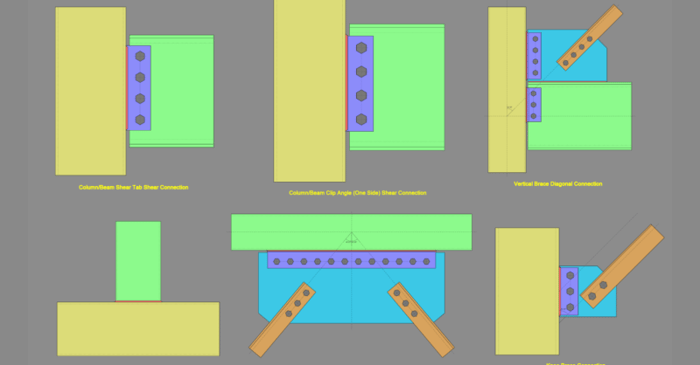
January 29, 2020
Updated HSS Tube Connection Design According to CSA S16-14/09
RISAConnection v11 now incorporates expanded support for HSS tube shapes in Canadian (CSA S16) connection design. The newly supported connections include the following:
Year-End Is One of the Few Times Engineers Can Actually Rethink Tools Most engineers don’t change core analysis software in the middle of a deadline-driven project. End of year is different. Budgets are closing out, project schedules tend to soften slightly, and teams finally have a moment to evaluate what worked — and what slowed them down. That combination creates a rare window to reassess tools without the pressure of an active permit submission. For many firms, it’s also when leadership asks bigger operational questions: Are we spending too much time reworking models? Are our engineers relying too heavily on spreadsheets? Are we confident scaling into slightly larger or more complex jobs next year? Budget Resets and Training Calendars Create Natural Momentum Year-end decisions often align with practical realities. Software budgets reset in January, making it easier to justify a purchase that didn’t fit earlier in the year. Training calendars are also easier to plan before the new project backlog fills up. Engineers can start the year productive instead of learning a new workflow mid-project. This timing matters. Firms that switch tools before the new year often avoid the “we’ll deal with it later” trap — and later rarely comes…
Read More

RISAConnection v11 now incorporates expanded support for HSS tube shapes in Canadian (CSA S16) connection design. The newly supported connections include the following:
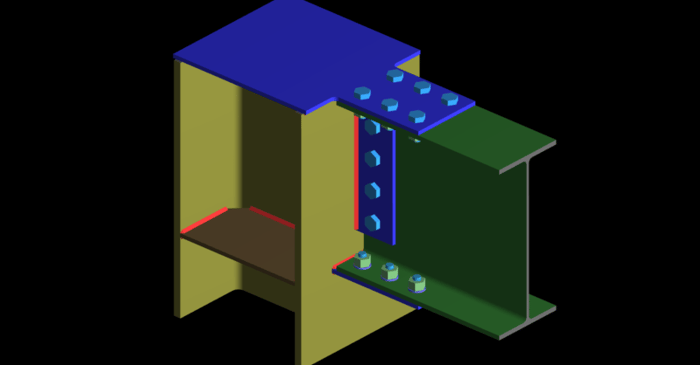
RISAConnection includes the ability to design Column to Beam Column Cap Flange Plate Moment Connections according to AISC 360. This widely requested feature allows users to define the beam as a wide flange and the column as either a wide flange, tapered wide flange or HSS tube. To begin, choose the...
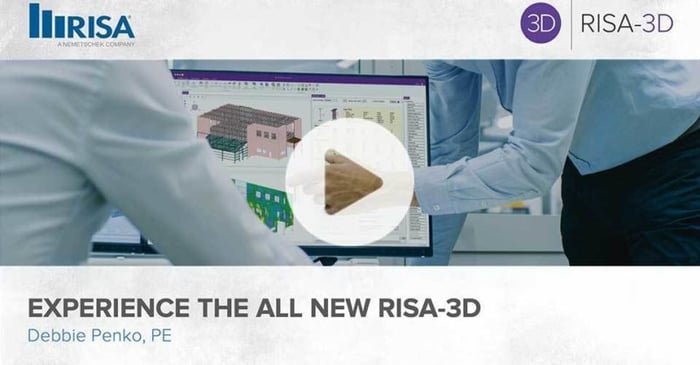
The All New RISA-3D provides engineers with a fresh new take on the most popular 3D general analysis and design software available. With a completely redesigned interface, robust graphical modeling tools, expanded detailed reports and multi-core processing, RISA-3D v18 allows engineers to work more...
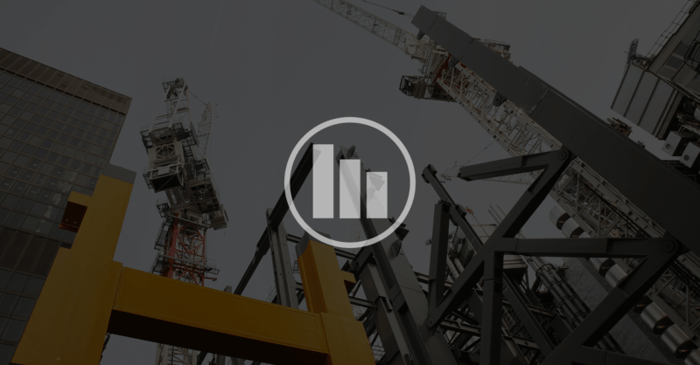
Q: Are the files backward and forward compatible between versions? A: Yes, the files are backward and forward compatible between all versions.
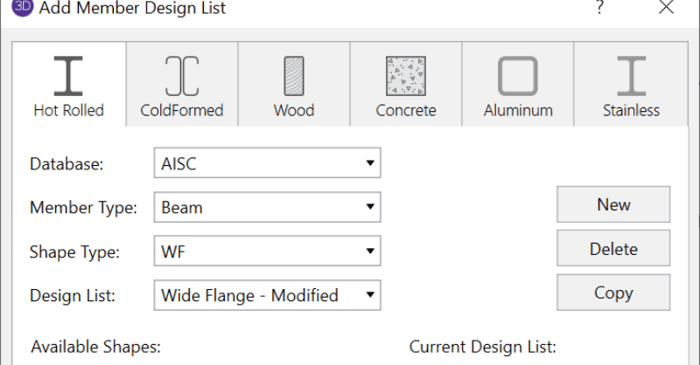
RISA-3D includes Redesign Lists that are used to optimize hot-rolled steel, cold-formed steel, dimensional lumber, and concrete beams and columns. Although, the criteria used for this optimization is the Design Rules, the sizes must be chosen from the available sizes in the Redesign List. It is now...
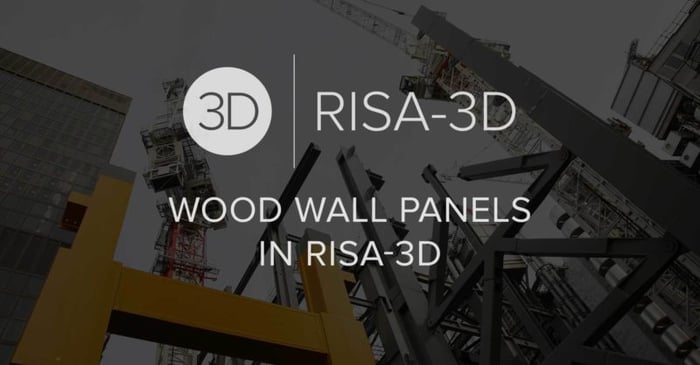
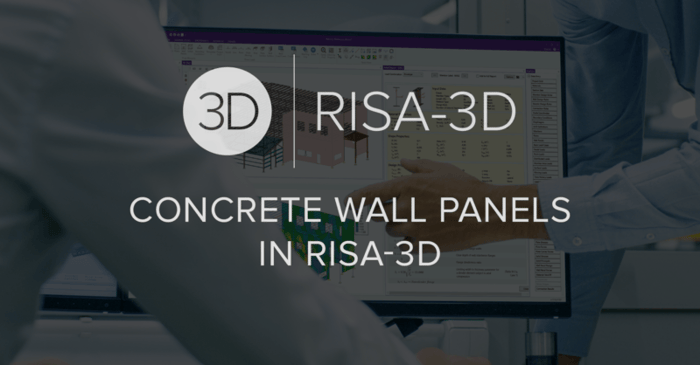
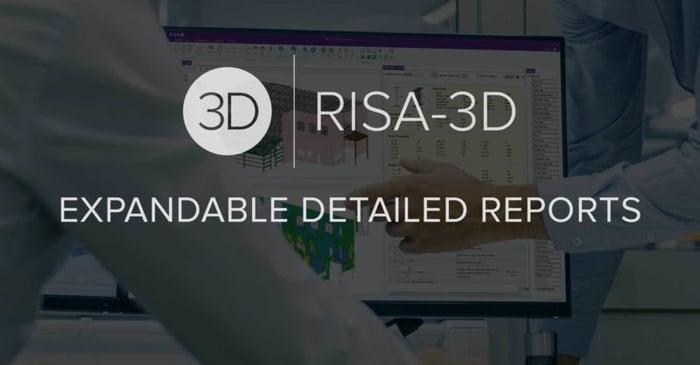
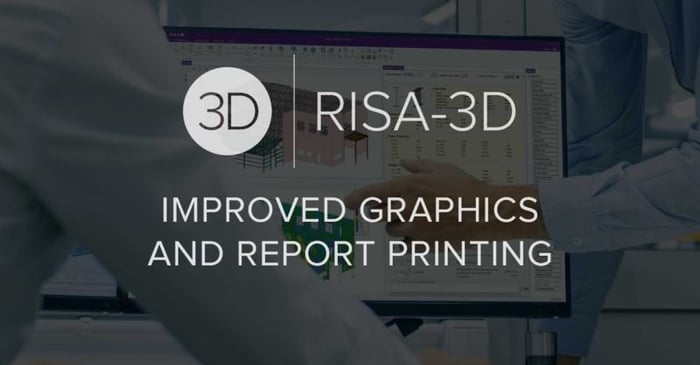
Our monthly "Structural Moment" newsletter is the best way to keep up with RISA’s product updates, new releases, new features, training events, webinars and more...